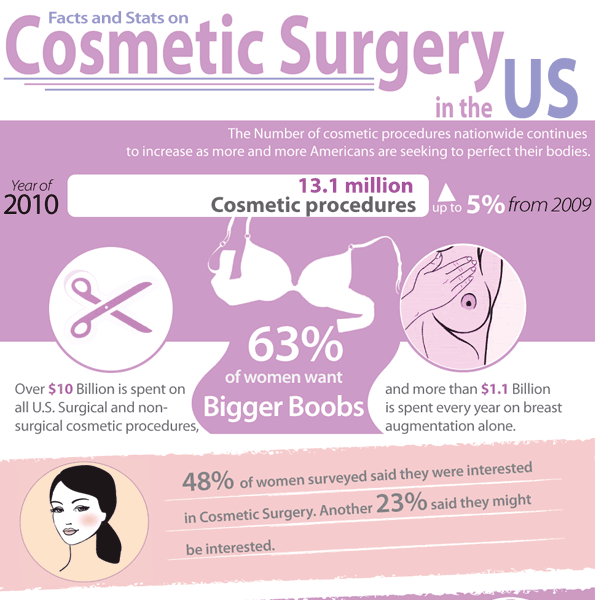How To Read Acne Product Labels
How To Read Acne Product Labels
Blog Article
Hormone Acne - What is Hormonal Acne?
Hormone acne is identified by clogged up pores and oily skin that commonly shows up on the chin and jawline. It happens when hormone adjustments activate inflammation and microbial overgrowth within hair roots.
Breakouts may appear as whiteheads, blackheads, papules or pustules and cysts or blemishes in extra extreme instances. It is more common in teens going through adolescence however can impact grownups of any type of age.
What Creates Hormone Acne?
While acne can be triggered by a selection of variables, consisting of using hair and skin care products that aren't oil-free or made with ingredients that could block pores, genetic predisposition, diet,2 and tension, the source is varying hormones. Hormonal acne happens when the body experiences hormonal changes and fluctuations that lead to an overproduction of sebum, which causes inflammation, increased growth of bacteria and adjustments in skin cell task.
Hormone acne is usually discovered on the lower jawline, cheeks and neck but can appear anywhere on the body. It is identified by imperfections that are cystic, painful and filled with pus or other material. It is also more probable to take place in females than guys, particularly during adolescence, the menstrual cycle, pregnancy or menopause.
Age
While many kids experience acne at some point throughout the age of puberty, it can remain to afflict adults well into adulthood. Known as hormone acne, this kind of outbreak is connected to fluctuations in hormones and is typically most common in females.
Hormone acne happens when oil glands create excessive sebum, which clogs pores and traps dead skin cells. This brings about the development of imperfections, such as whiteheads, blackheads and papules, pustules, cysts or nodules, deep under the surface.
This type of imperfection usually triggers pain, redness and inflammation. It might likewise be cyclical and appear around the very same time monthly, such as right before your duration begins. This is since levels of female hormonal agents like progesterone and oestrogen change with each menstruation.
Menstrual Cycle
Hormone acne commonly shows up in the lower part of your face, along the jawline and cheeks, as whiteheads, blackheads or inflammatory pimples (acnes and cysts). It's probably to appear around the time when your menstruation modifications.
Especially around ovulation, when estrogen and progesterone levels get on the surge, hormone fluctuations can create outbreaks. But it's additionally feasible to get acne at any factor during your 28-day menstrual cycle.
If you see that your hormonal acne flares up right prior to your period, try seeing when precisely this happens and see if it connects to the stages of your 28-day menstrual cycle. This will certainly assist you pinpoint the origin of your skin difficulties. For example, you might wish to work on stabilizing your blood glucose and cutting out high-sugar foods, or take into consideration a prescription medicine like spironolactone that can manage your hormonal agents.
Pregnancy
Expanding an infant is a time of significant hormone changes. For several ladies, this includes a flare-up of hormone acne. This type of outbreak usually starts in the very first trimester, around week six. It's brought on by hormone rises that stimulate sweat glands to make more oil, which can clog pores and trigger more germs to build up.
Outbreaks may additionally happen as a result of pre-existing problems like polycystic ovary syndrome, which can also be a problem during pregnancy and menopause. Likewise, some types of contraceptive pill (such as Ortho Tri-Cyclen and YAZ) can trigger hormone acne in some women.
The good news is, many acne therapies are "no-go" for expecting females (consisting of popular acne-fighting active ingredients such as isotretinoin and spironolactone). However if you can not prevent those aggravating bumps, your physician might recommend dental erythromycin or cephalexin, which are risk-free while pregnant.
Menopause
As ladies come close to menopause, the estrogen levels that created their hormone acne to flare throughout adolescence start to support and lower. At the same time, nevertheless, a spike in androgens (additionally referred to as male hormonal agents) occurs due to the fact that these hormones can't be exchanged estrogen as efficiently as in the past.
The excess of androgens can activate oil manufacturing by the sebaceous glands, which blocks pores. When the clogged up pores become swollen and aggravated, a pimple types.
Hormone acne is generally seen on the face, specifically around the chin and jawline, but it can happen on the neck, back, shoulders, or upper body. This type of acne has a tendency to flare in a cyclical pattern, similar to the menstruation. Tension, which raises read more cortisol and throws hormones out of equilibrium, additionally contributes to the outbreaks.